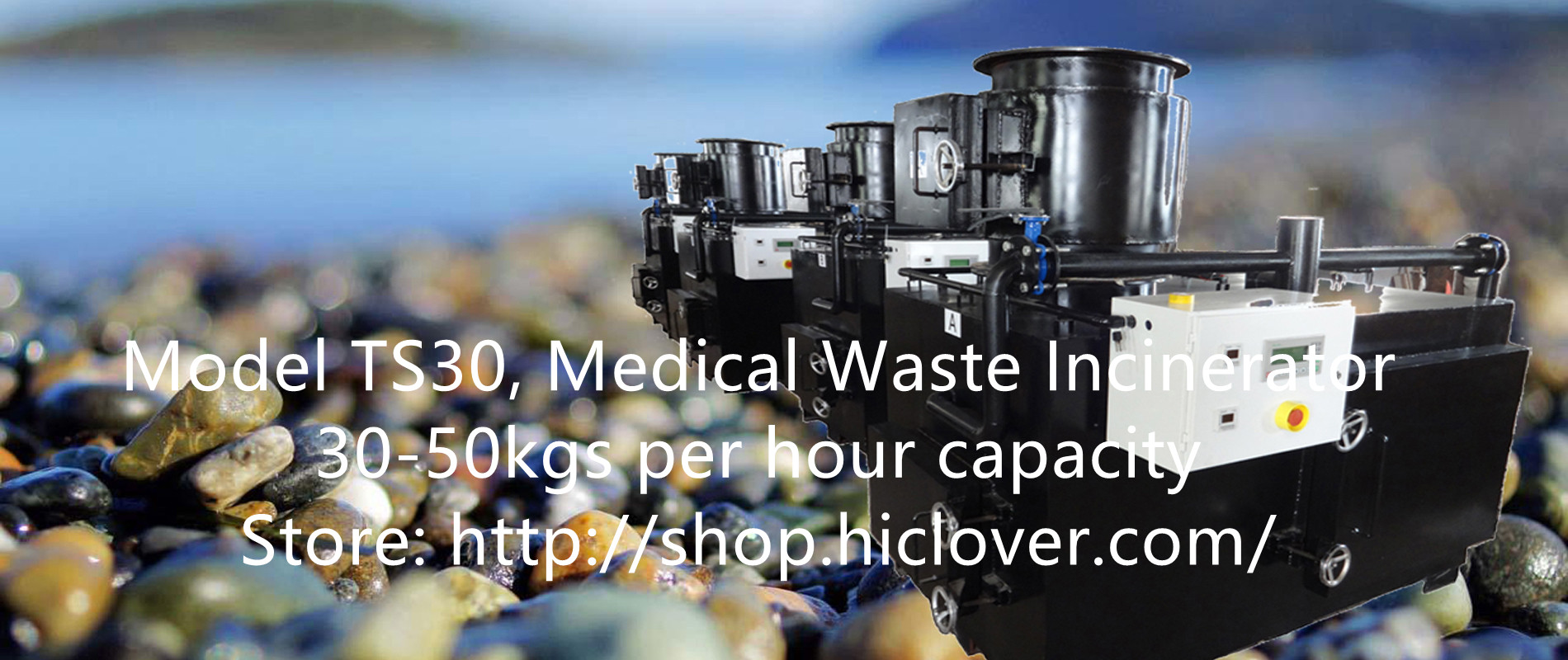Reducing Waste, Saving Money: The Potential of Waste-to-Energy for Homes
As the world continues to grapple with the ever-growing problem of waste management and energy consumption, innovative solutions are needed to address these pressing issues. One promising technology that is gaining traction is waste-to-energy systems, which can not only help reduce waste but also save money for homeowners.
Waste-to-energy technology, also known as energy recovery from waste, involves converting waste materials into energy in the form of electricity, heat, or fuel. This process not only reduces the volume of waste that ends up in landfills but also generates a valuable energy resource that can be used to power homes and businesses.
For homeowners, waste-to-energy systems offer an attractive solution for reducing waste and cutting energy costs. By utilizing on-site waste-to-energy technology, such as anaerobic digesters or biogas generators, homeowners can convert organic waste materials like food scraps, yard waste, and sewage into biogas or electricity that can be used to power their homes. This not only helps reduce the amount of waste going to landfills but also provides a renewable energy source that can lower energy bills and reduce reliance on fossil fuels.
In addition to the environmental and cost-saving benefits, waste-to-energy systems also offer the potential for homeowners to earn additional income through incentives and rebates for generating renewable energy. Many governments and utility companies offer financial incentives for homeowners who install waste-to-energy systems, helping offset the initial investment and providing long-term savings on energy costs.
Furthermore, waste-to-energy systems can also contribute to the overall sustainability of a community by reducing greenhouse gas emissions and promoting a circular economy. By diverting organic waste from landfills and generating renewable energy, homeowners can play a significant role in reducing their carbon footprint and helping combat climate change.
It’s important to note that waste-to-energy systems are not a one-size-fits-all solution and may not be suitable for every home. Factors such as the amount and type of waste generated, available space for equipment, and local regulations and incentives need to be considered when evaluating the feasibility of implementing waste-to-energy technology.
However, as the technology continues to advance and become more accessible, waste-to-energy systems have the potential to become an integral part of a sustainable and cost-effective approach to waste management and energy production for homeowners.
In conclusion, waste-to-energy technology offers a promising solution for reducing waste and saving money for homeowners. By diverting organic waste from landfills and converting it into renewable energy, waste-to-energy systems can help homeowners cut energy costs, earn incentives for generating renewable energy, and contribute to a more sustainable and environmentally friendly community. As the benefits of waste-to-energy become more widely recognized, it is clear that this technology has the potential to play a significant role in addressing the challenges of waste management and energy consumption for homeowners.



